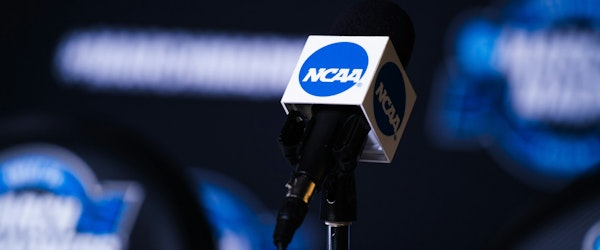
The Future of College Athletics Hangs in the Balance as Court Denies NCAA’s Motion to Dismiss
Thursday, August 1st, 2024 Education & Training Legislation & Regulation Litigation Risk ManagementThe debate over paying college athletes has intensified with a recent court ruling that challenges the NCAA’s stance on amateurism. On July 11, 2024, the U.S. Court of Appeals for the Third Circuit denied the NCAA’s motion to dismiss Johnson v. NCAA, a case where college athletes argue they are employees under the Fair Labor Standards Act (FLSA) and state wage laws. If successful, this could entitle athletes to minimum wage and overtime pay, reshaping the landscape of college sports.
The court directed the district court to apply the economic realities test to determine if college athletes perform services primarily for the benefit of their schools and under their control. This test could establish athletes as employees if the relationship shows an economic reality of employer-employee dynamics. The decision aligns with historical views, including a 2021 National Labor Relations Board memorandum and Justice Kavanaugh’s concurrence in Alston v. NCAA, highlighting antitrust concerns over athlete compensation.
As the case progresses, schools may face significant administrative burdens, such as informing athletes about potential class action membership and disclosing voluminous athletic-related documents. The term ‘student-athlete’ might become obsolete if the plaintiffs succeed, with athletes instead being recognized as employees. While the Third Circuit’s ruling is not final, colleges and universities must stay updated on this evolving situation and prepare for potential changes affecting their athletics programs and students.





